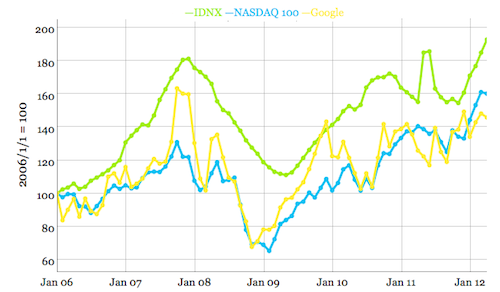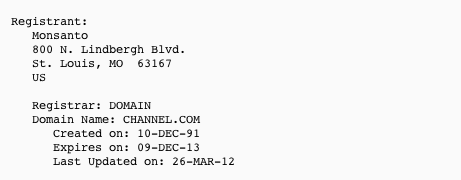The domain name industry is an imperfect market, but I believe approximate values can be determined based on comparable sales (comps). That’s how it’s done with physical real estate, and while it may be more difficult with domain names, one can get an idea of valuation based on comps.
Every week, Ron Jackson at DNJournal reports weekly sales information from a variety of sources like Sedo, Afternic, Snapnames, NameJet, and other independently verified sources. Likewise, NameBio and DNSalePrice record historical domain sales, and both sites have databases full of domain sales.
When DNJournal posts its weekly sales chart, I quickly scour the list to see what sold and for how much. While scanning the sales, I think about domain names I’ve seen for sale that could be considered comps, and I also think about alternative domain names (ie singular or plural names) that might have a similar valuation. I search sites like Sedo and Afternic for simular names, and I also privately inquire about names of interest.
I know that other domain investors are doing the exact same thing, so time is of the essence with this, and it always feels like a race to read Ron’s DNJ report so I can start searching for names of interest.
There are a couple of faster ways that you can learn about domain sales before they’re reported and I want to share them with you.
- Sedo has its RSS feed with recent sales. You can learn what sold at Sedo days before the sales are publicly reported. On occasion, they will report a sale and a buyer or seller will request that it not be reported, so if you catch it early, you may be one of the few people to take notice.
- You can search NameJet and Snapnames for auctions that have bids. If you aren’t the first bidder and don’t bid as high as the leading bidder, you likely won’t win the auction (can’t be entirely sure in case someone drops out). If you are participating in the auction and don’t win, it will show up under your auction history, giving you the sales price before it’s public.
From my perspective, the second method is more accurate because that’s more of a market value than a private sale price may be as there may not have been competitive bidding for the name. However, the first value may be more indicative of end user value.



